The Big Idea: great companies are built by consistent execution of a strategy with built-in positive feedback loops — like turning a giant flywheel over and over, building momentum with each turn.
- When building a great company, there’s no single defining action, no grand program, no single killer innovation, no solitary lucky break, and no miracle moment.
- Building a great company is like turning a giant, heavy flywheel.
- The flywheel is a series of good decisions, supremely well-executed, that compound one upon another.
- Eg. Amazon, low prices => more customers/vendors => economies of scale => lower prices.
- Companies caught in the doom loop do the following: react to disappointing results without discipline => grasp for a new leader/strategy/product to save the => experience more disappointment.
- The greatest danger in business and life lies not in outright failure but in achieving success without understanding why you were successful in the first place.
- Leaders are often seduced by an endless search for the Next Big Thing.
- There is no systematic correlation between achieving the highest levels of performance and being first into the game. Amazon and Intel started life in the wake of pioneers that preceded them.
- What truly set the big winners apart was their ability to turn initial success into a sustained flywheel.
- Fire bullets, then cannonballs. Big successes tended to make big bets after they’d empirically validated ideas.
- Two ways the Mighty Fall: 1) Hubris Born of Success, 2) Undisciplined Pursuit of More.
- The big winners are those who take the same flywheel from ten turns to a billion turns rather than inventing new flywheels.
Examples
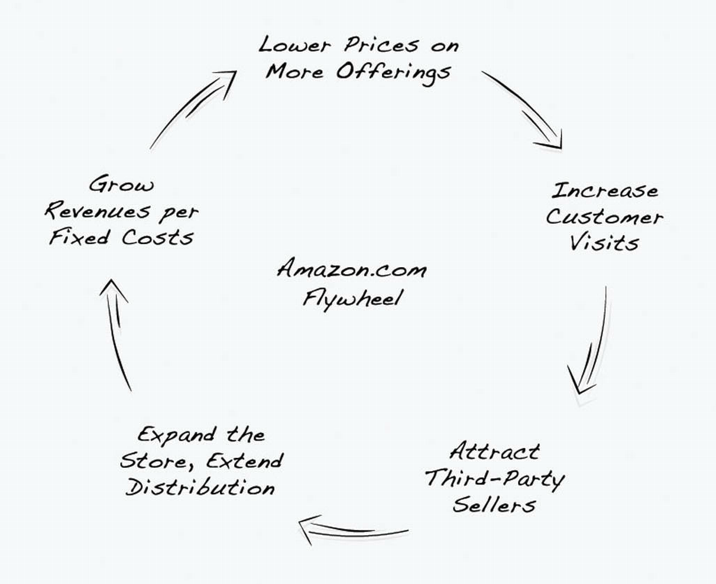
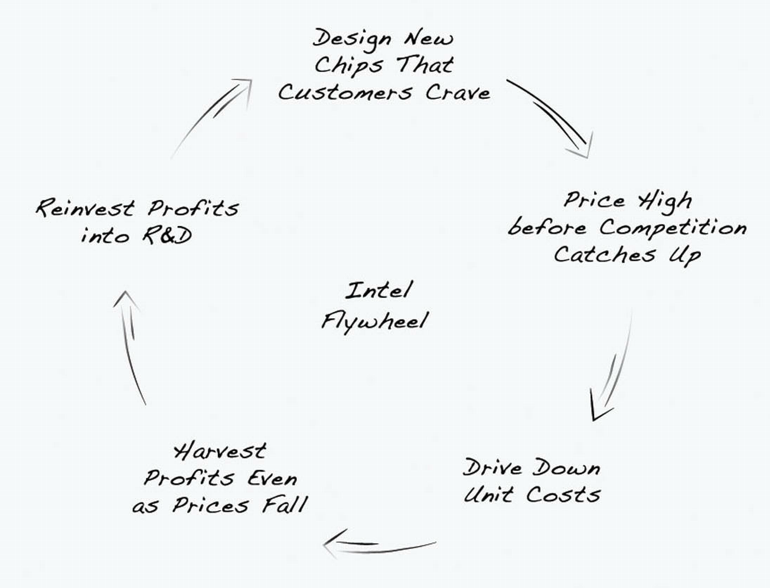
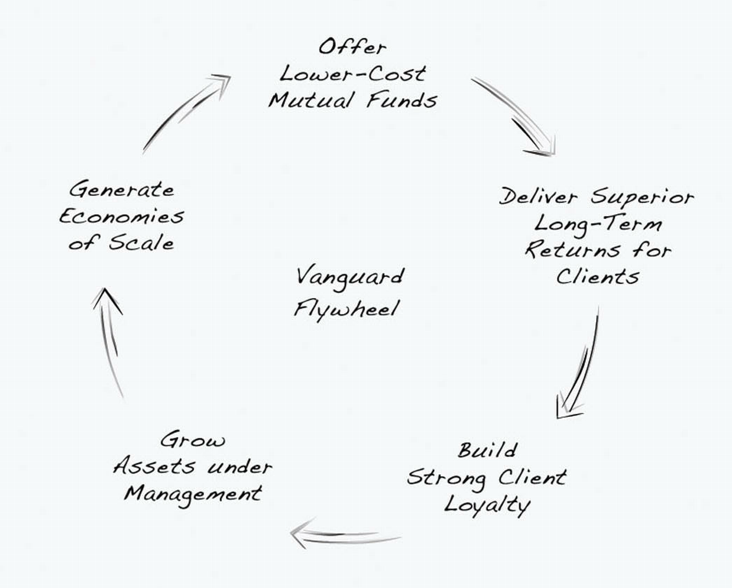
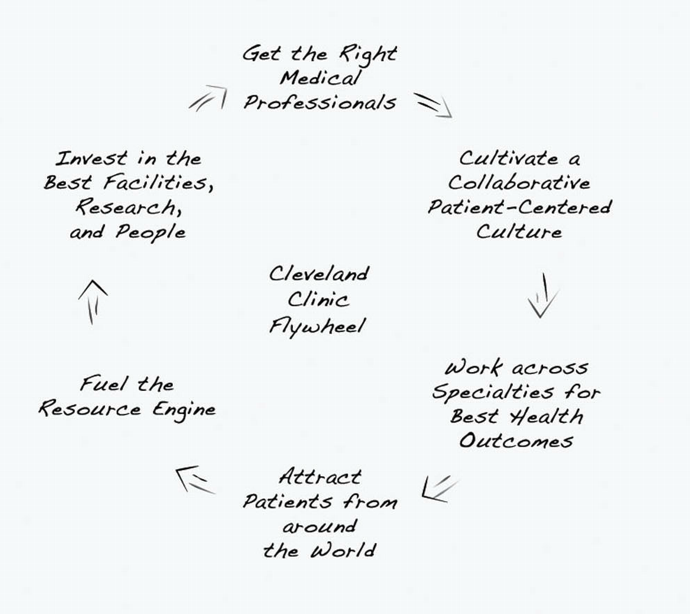
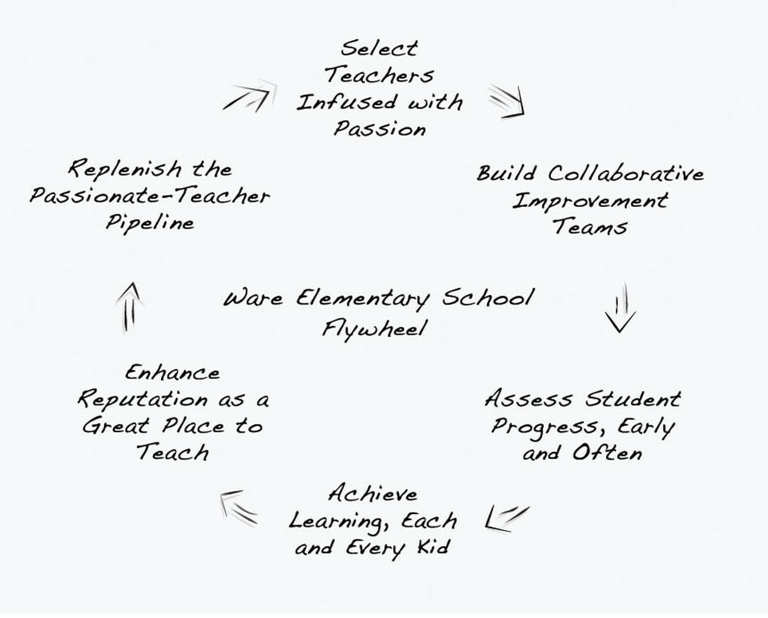
Appendix: The Good-to-Great Framework
1. Stage 1: Disciplined People
1.1. Level 5 Leaders. Leaders show personal humility and indomitable will.
1.2. First Who, Then What. First get the right people on the bus (and the wrong people off the bus). Then figure out where to drive the bus.
2. Stage 2: Disciplined Thought
2.1. Genius of the AND. Reject the Tyranny of the OR. Find a way around the tradeoff. Eg. Think long-term, think creatively, be different.
2.2. Confront the Brutal Facts. (The Stockdale Paradox.) Retain absolute faith that you can and will prevail in the end, regardless of the difficulties, and at the same time, exercise the discipline to confront the most brutal facts of your current reality.
2.3. The Hedgehog Concept. Live at the intersection of the following three circles: 1) what you’re deeply passionate about, 2) what you can be the best in the world at, and 3) what drives your economic or resource engine.
3. Stage 3: Disciplined Action
3.1. The Flywheel: Relentlessly push a giant, heavy flywheel, turn upon turn, building momentum.
3.2. 20 Mile March. Develop relentless consistency. Twenty miles a day, every day.
4. Stage 4: Build to Last
4.1. Build a clock, don’t tell time.
4.2. Preserve the core, but stimulate progress.
4.3. Be prepared to take advantage of good luck and absorb bad luck.